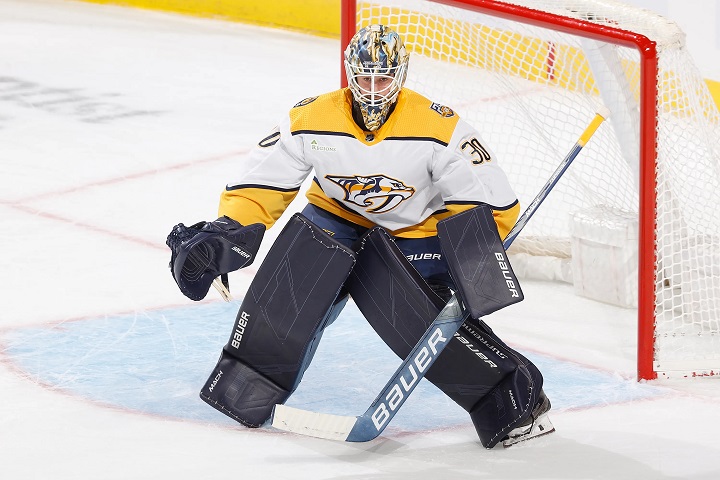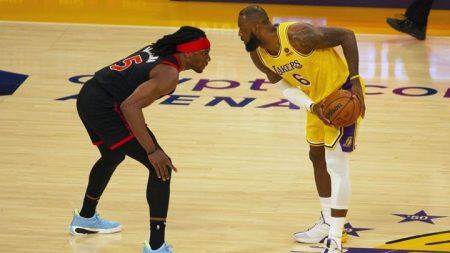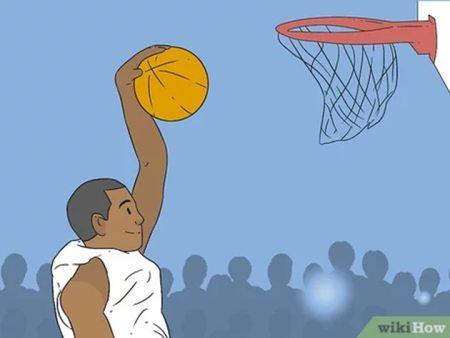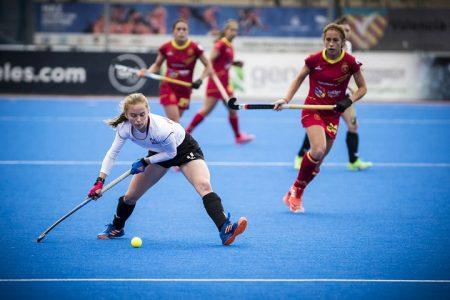Unlike other sports where the clock runs continuously or the match time is fixed, hockey games vary in duration depending on factors like the league, overtime periods, and even stoppages in play. In this article, we will break down all aspects of the length of hockey games, from professional leagues like the NHL to youth and amateur leagues. Let’s lace up and dive into the details!
The Standard Structure of a Hockey Game
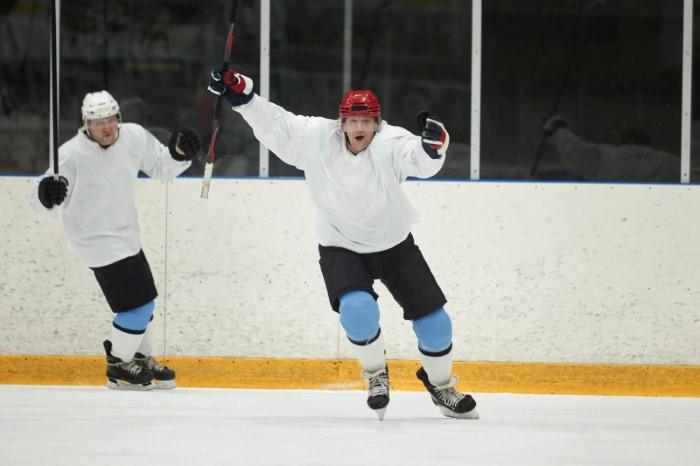
At its core, a traditional hockey game consists of three main periods of play. These periods are all governed by specific rules that contribute to the total time a game lasts.
Regulation Play Time: 60 Minutes of Action
A professional hockey game in leagues like the National Hockey League (NHL) typically consists of three periods. Each period lasts 20 minutes of play time, which totals 60 minutes in regulation time. However, this does not mean the game lasts only 60 minutes from start to finish, as other factors influence the total length of a hockey game.
- First Period: 20 minutes of gameplay
- Second Period: 20 minutes of gameplay
- Third Period: 20 minutes of gameplay
Between each period, there is an intermission that lasts about 15-18 minutes, giving players time to rest and fans a chance to take a breather or grab some snacks.
Intermissions: Pausing the Action
As mentioned, two intermissions split the three periods. These breaks in action typically last 15-18 minutes in professional hockey, but the length may vary slightly depending on the league. During this time, the ice is resurfaced, and players retreat to the locker room for some rest and tactical adjustments.
The two intermissions add a total of 30 to 36 minutes to the game’s overall length.
Factors That Extend the Length of Hockey Games
While the official play time of a hockey game is 60 minutes, fans usually expect to spend significantly more time watching the game. Several factors contribute to extending the length of hockey games:
Stoppages in Play
Hockey games are full of action, but they also have frequent stoppages for various reasons:
- Icing: When a player shoots the puck across both the center line and the opposing team’s goal line without the puck being touched, it results in icing. Play is stopped, and a face-off takes place in the defensive zone of the team committing the infraction.
- Offsides: A stoppage occurs if a player crosses the blue line into the offensive zone before the puck. A face-off happens to restart play.
- Penalties: When a player commits an infraction, the game is paused, and the player is sent to the penalty box. This can result in a power play (a team with one fewer player for two minutes or longer).
- Injuries: If a player is injured during play, the referees stop the game until the injured player is attended to and safely removed from the ice.
- Commercial Breaks: Professional leagues like the NHL take television timeouts, typically after the first whistle following the 6-minute, 10-minute, and 14-minute marks of each period.
These stoppages add several minutes to the total length of the game, meaning a typical hockey game runs well over the 60-minute mark.
Overtime: Adding Extra Time to Close Games
In the case of a tie after regulation play, overtime is used to determine the winner. The structure of overtime depends on the league and the significance of the game (whether it’s a regular season or playoff game).
NHL Overtime in the Regular Season
During the NHL regular season, if the score is tied after the third period, a 5-minute overtime period takes place. This overtime is played with three skaters on each side, which opens up the ice and encourages fast-paced action and quick scoring.
If neither team scores during this 5-minute period, the game is decided by a shootout. In a shootout, three players from each team take turns trying to score one-on-one against the opposing goalie. If the score is still tied after these three rounds, the shootout continues with sudden-death rounds until a winner is decided.
NHL Overtime in the Playoffs
In the playoffs, the rules change. Overtime periods last 20 minutes each, and they are played with five skaters per side—essentially a continuation of regular play. The first team to score wins, and the game ends immediately (known as sudden death).
In playoff hockey, there is no shootout, and teams will play as many 20-minute overtime periods as necessary until a winner is determined. This means playoff hockey games can last several hours, with some historic games going into multiple overtimes.
Shootouts: A Dramatic Conclusion
If a game remains tied after overtime during the regular season, a shootout follows. Shootouts consist of three players from each team taking turns shooting at the opposing goalie. If the game remains tied after three rounds, the shootout moves to sudden death, where the first team to score when the other doesn’t wins the game.
While shootouts add excitement, they also lengthen the duration of a game, sometimes by another 10-15 minutes.
How Long Does a Typical Hockey Game Last?
Given all the elements involved, a typical hockey game will last about 2 to 2.5 hours from start to finish. This includes:
- 60 minutes of actual play time
- 30-36 minutes for intermissions
- 15-30 minutes of stoppages, overtime, or shootouts
However, in the case of games that go into overtime or involve lengthy stoppages (such as for injuries or reviews), the length of the game can stretch further, sometimes lasting over 3 hours.
How Long Are Hockey Games in Different Leagues?
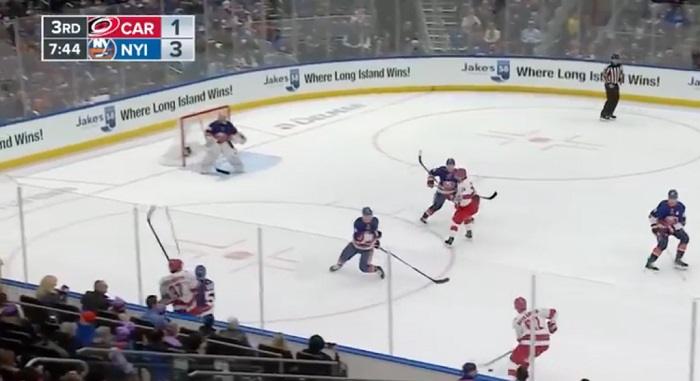
While the NHL sets the standard for professional hockey, the duration of hockey games varies slightly depending on the league and level of play. Let’s look at how long hockey games last in other leagues.
Olympic and International Hockey
In Olympic hockey and other international tournaments, the game structure is similar to the NHL. Each game consists of three 20-minute periods with 15-minute intermissions. If a game is tied after regulation, there is a 10-minute overtime period in the preliminary rounds and a 20-minute overtime period in the knockout stages, with sudden death deciding the game.
College Hockey
NCAA hockey games are structured similarly to the NHL with three 20-minute periods. However, overtime in college hockey is typically a 5-minute sudden-death period during the regular season. In tournament play, overtime periods are extended to 20 minutes until a winner is determined.
College hockey games usually last between 2 and 2.5 hours, depending on the game flow.
Youth and Amateur Hockey
In youth hockey leagues, the game length is often shorter than professional or college games. The periods may be reduced to 12 or 15 minutes each, with shorter intermissions. Overtime is often not played, and tied games may be settled via a shootout or may end in a tie.
Women’s Hockey
Women’s hockey follows the same structure as men’s hockey in most leagues, with three 20-minute periods and similar overtime rules. Games last approximately the same length, about 2 to 2.5 hours.
How to Plan for a Hockey Game
If you’re attending a hockey game or watching one live on TV, it’s always good to plan for a game lasting about 2.5 hours. Arriving at the arena early to account for security checks, getting refreshments, and finding your seat is wise, especially since pre-game activities, such as warm-ups and national anthems, may begin 20-30 minutes before the puck drops.
If it’s a playoff game, however, prepare for the possibility of overtime and a longer game, especially in tightly contested matchups.
So, how long are hockey games? While the regulation play time is set at 60 minutes, a typical hockey game lasts about 2 to 2.5 hours when accounting for stoppages, intermissions, and potential overtime. Factors such as the league, overtime rules, and in-game pauses can extend the length of a game, with some playoff games stretching well beyond 3 hours.
Whether you’re a casual fan or a die-hard supporter, understanding the structure and time commitment of a hockey game will help you enjoy the fast-paced excitement of this thrilling sport. So, the next time you tune in or head to the arena, you’ll know exactly what to expect when the puck drops.

